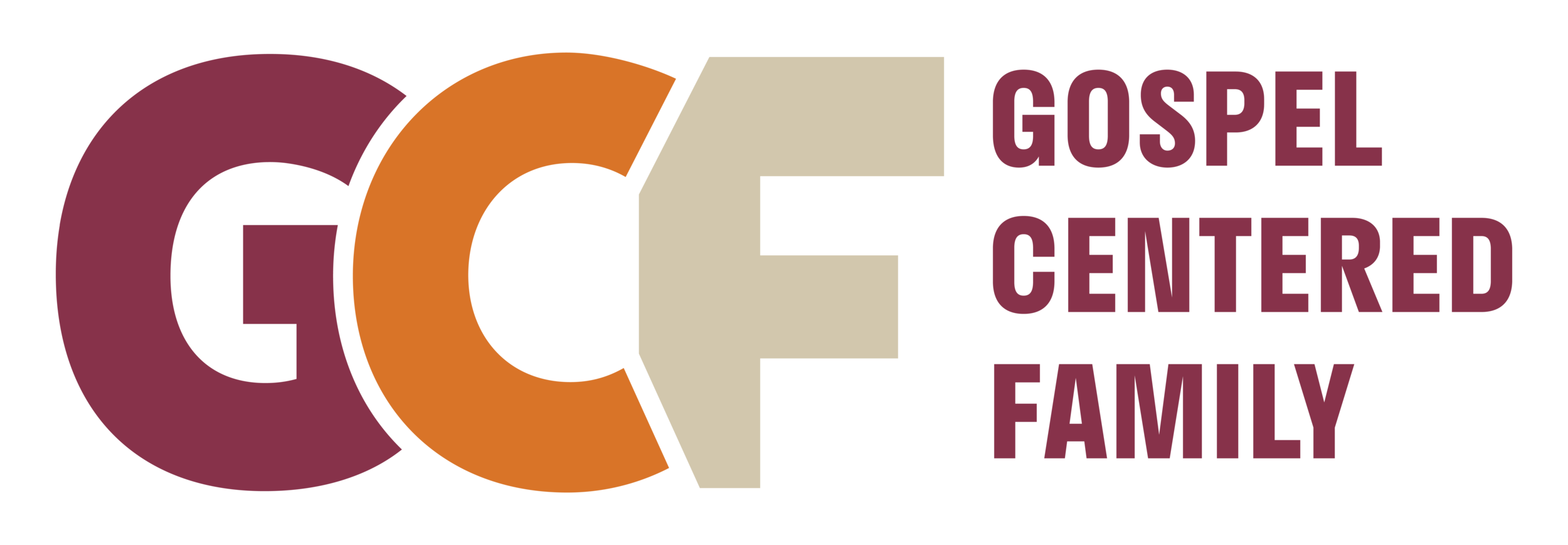FAQ: How Did You Choose Your Curriculum?
One question I get fairly often is, "What curriculum do you use and how did you land on it?" It's a really great question. My first year on staff at Sojourn Community Church in Louisville, KY, was 2007. At that time, Sojourn's elders weren't satisfied with the curriculum that we were using, and we began to look for something new. Honestly, I wouldn't recommend changing curricula in your first year in a new ministry role. It's important to build relationships with the team first. But in my case, I had the advantage of entering into a process that had already been started by our elder team. Here is the process that we adopted at that time:
Step 1, Research.
A research team was formed, and we worked to amass as much information as possible about children’s ministry curriculum. In 2007, the primary researchers were Maggie Ainsworth (now a part of the church planting core at King's Cross Church in San Francisco) and me.
Step 2, Evaluation.
We set out to evaluate the curriculum based on the following criteria:
- Gospel-Centered. In our research, we found that children’s Bible lessons were typically designed to teach children what to do—“Be joyful! Be courageous!” But this is rarely the main point of the Bible story. The Bible was written to show us God—who He is and what He has done to rescue us through Christ Jesus. We wanted a curriculum that kept God and his gospel central. We also wanted a curriculum that reflected the core values of our local church.
- Biblical. Christian spirituality is informed and transformed by the Scriptures. So, we wanted a curriculum that majors on the Bible. We looked for one that begins with prayer--asking God for understanding. We looked for a curriculum that helps children observe the text and understand the author’s expressed meaning. We looked for a curriculum that helps children apply what the text says by asking searching questions, and providing relevant application points.
- Equipping Families. We believe parents are called to be the primary faith-trainers in their kids lives. So, we wanted a curriculum that reaches and equips parents in this role. We asked, "How well does the curriculum connect with parents?" Unified children's ministry curriculums, where all age groups study the same passage of Scripture on any given Sunday, scored high for us in this area. Why? Because similar lesson themes help cultivate conversations about the Bible passage that involve the entire family
- Educationally Excellent. We wanted a curriculum that accounts for and speaks to multiple learning styles as well as the varying age-level abilities of children. We also wanted a curriculum that would help kids retain key Bible doctrines and stories through memorization and review.
- Welcoming for Outsiders. We want to have a children's ministry that creates welcoming environments for building relationships with kids and their families. So, the curriculum should not be so incremental and dependent on previous lessons that it fails to embrace kids that are new to the program. And it shouldn't alienate children from an unchurched background with legalistic standards or application points. Instead, we wanted the curriculum to be engaging and aware of the presence of new kids.
- Simple Execution. In 2007, we had one part-time children's ministry staff person (That was me). I recognized then we needed a curriculum that was "out of the box." Things have changed. Now, we're writing and producing nearly 40% of what we teach. Nevertheless, I think some simplicity is essential. You should never adopt more than the volunteer team can teach with excellence. Before you can evaluate the simplicity of execution for a curriculum, you need to know how your context fits with the curriculum you're considering. What kind of facility/equipment is required by the curriculum? If the curriculum is video-based, do you already have the necessary audio/video equipment? Do you have classroom for every age group or are you more dependent on a rotational format or large assembly setting? Knowing your budget is also essential to knowing what type of curriculum you can consider. Pre-printed curriculum is usually "out of the box" and ready to go each week, but it is also more expensive. Digital curriculum that comes via download or CD-ROM usually requires more prep and printing time, but it is less costly on the wallet. Do you have more money to spare or time? Would you give preference to a curriculum that uses the same supplies each week in creative ways or one that provides lots of options? Answering these questions will help you determine the whether or not the curriculum is a simple fit for your context.
Step #3, Selection.
Based on these criteria, we scored each curriculum then presented our findings to Sojourn's elder counsel. Download this free score sheet that lists questions from each of the categories outlined above with a rating system. Writing down numerical scores for each curriculum set actually made the choice easier for us and the elders. After reviewing the scores, our elders gave even more solid feedback. We actually went with the research committee's second choice. Today, Sojourn is larger, and a small group of staff members/pastors would make this decision rather than taking our findings before the entire elder board. The final selection will work differently in different churches based on size and church governance. However, I think there was one indispensable lessons from that final stage. Have a community speak in. We would not have landed where we did without a multitude of voices looking over those score sheets.
The tools you give your children's ministry team goes a long way toward helping their teaching be more effective and Christ-centered. I hope our selection process helps you if you're planning to change your curriculum sometimes soon.


